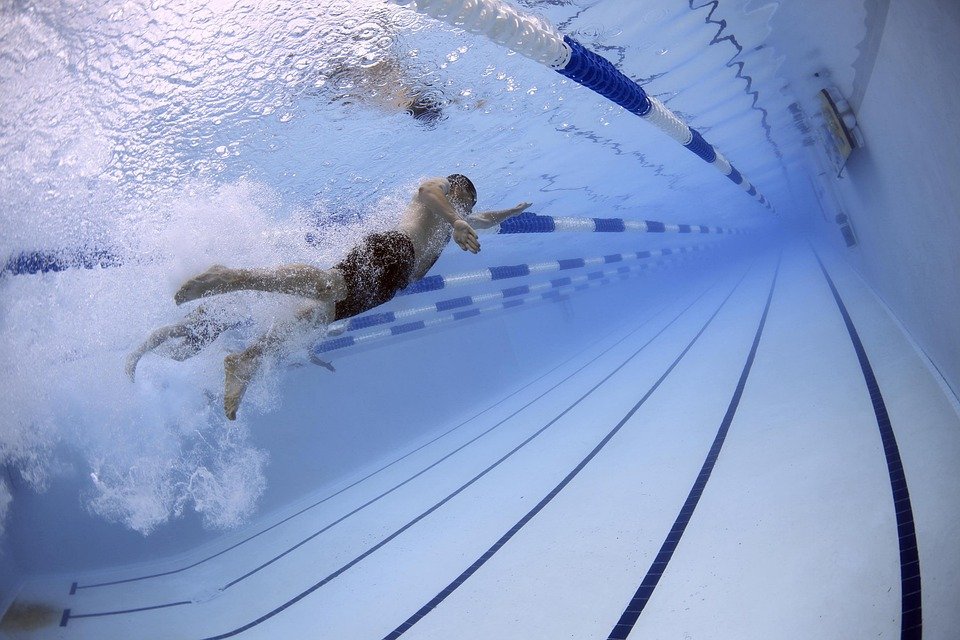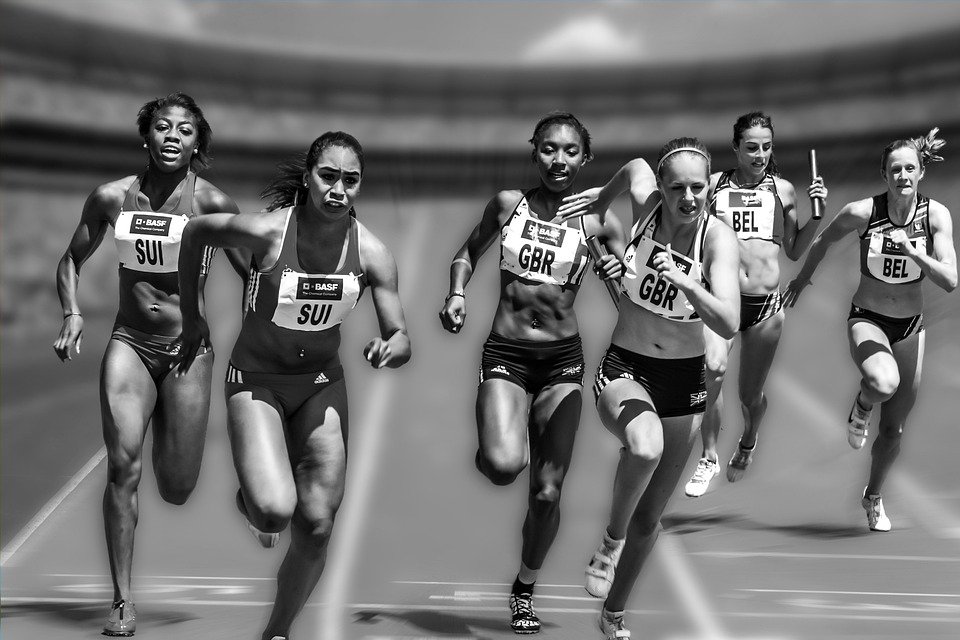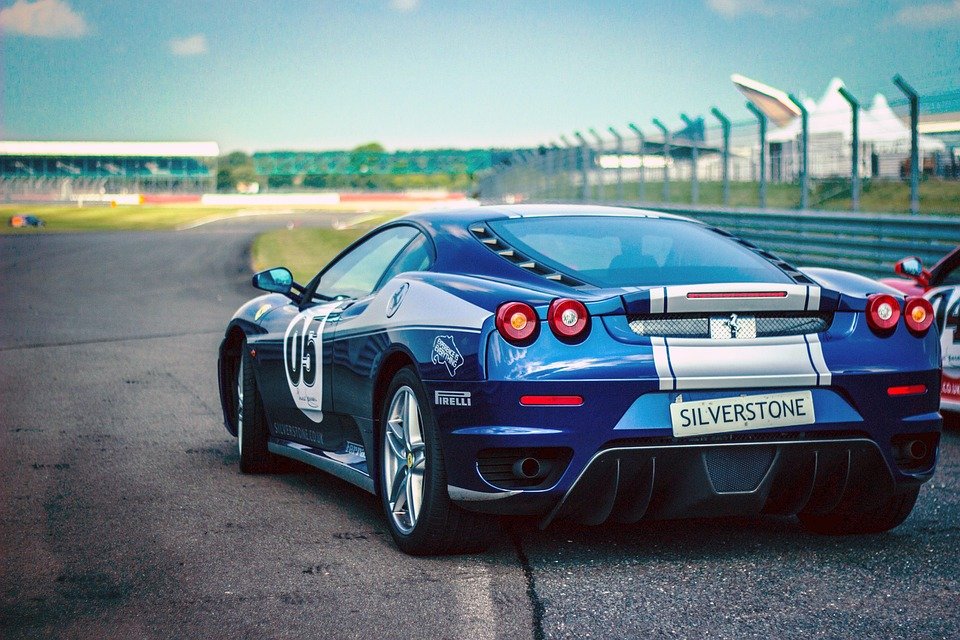What is tactical speed in horse racing and how to hinder it

When the Triple Crown and other classic races come up each year, the topic of tactical speed and how to use it to handicap horse races usually comes up. Some people are confused about tactical speed in reality while others deny its value. Tactical speed, in my opinion, is there and is very important for several reasons.
Tactical pace is the horse’s ability to close in on its runners early in the race and maintain a comfortable position to be able to hit the lead when the opportunity presents itself. The opportunity is usually when the top runners start to tire. Tactical speed allows the horse to avoid trouble because it is closer to the front and is less likely to be fouled or have to be lifted up.
Tactical pace should not be confused with early pace, although tactical pace horses do have some ability for early pace. The difference is that a horse with tactical pace does not have to be in the lead and can also change pace and pace later in the race when the other early drivers are tired. Horses like Big Brown, for example, have tactical speed. The fact that his dam is out of Nureyev, a sire known for producing horses that can go conventional distances, is an indication that he likely has tactical speed.
When I’m incapacitated and looking for tactical pace, I look at the horse’s position in his last few races to see if he’s within 5 lengths of the leader in the early calls and how much pace he’s shown late in the race. Now that’s the key. A horse with good tactical pace not only bypasses tired riders, but also keeps up with or outpaces horses that come off their pace. For example, if a horse is galloping within 5 lengths of the front runners, takes the lead at the top of the stretch, or gains the lead in the extended run, despite a late charge from the other competitor coming off the pace, I consider the horse to have good tactical pace.




